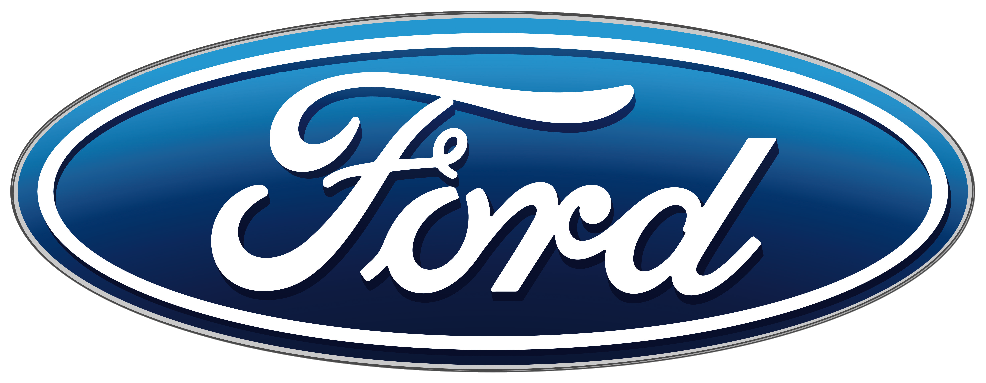The invention that has completely overturned the fate of human civilisation allowing it to reach surprising goals on a technical level, was the invention of the wheel.
Created by an unknown and anonymous inventor, probably by accident, the wheel symbolises entirely our life, and we find it directly or indirectly within the objects that surround us or in the things we do. Even though an object may not contain wheels or gears, it has probably been created with tools that contain them and maybe even transported thanks to means that use them.
The wheel is actually designed for transport. Before its invention, a series of sleighs were probably used for transport, which were then slid over tree trunks used as rollers. From then to inserting a hinge in the middle of a wooden disc, was but a short step. We are talking about 6000 years ago; we found a first image in a mosaic telling us about carts used by an ancient civilisation living in Mesopotamia, present-day Iraq.
Only in 100 B.C. the Celts, a population from Northern Europe, invented the bearing (a layer of wood or bronze) in order to make the rotation easier.
The Egyptian chariot, other than representing a lethal weapon, was the first vehicle that could be disassembled and transported, but the population who really made extensive use of carriages were the Romans.
The Romans had three types of vehicles: chariots (for up to two people), stage coaches (for a group of people) and freight coaches.
The most common coaches were called “cursus”; when they were pulled by two horses were named chariots and by three horses triga, by four horses quadriga. The luxury version was called “carpentum”.
Among the most common chariots, called “reda” or “raeda”, with four wheels, it is interesting to notice that there were some for rent that were named “redae meritorie”.
They would travel on paved roads sometimes within two tracks.
Coaches were built and repaired by the carradore or carpenter. Carpentarium, from Latin, means coach builder. (namely, the carpentum).
After the year 1000, thanks to the phenomenon of urbanism and to population growth, building coaches became increasingly important.
Carradori were coach builders but most of all they would build wheels, since these were the most important part of the coach – they would support all the stress coming from the road bed which was still very uneven in those times.
Between the 16th and the 18th century many important innovative changes were made to coaches in order to improve their comfort: by perfecting the interiors and the suspension of course, but most of all with the intention of making them independent of horses.
Towards the end of the 18th century James Watt improved the steam engine in order to make it usable for industrial ends and from there came the first mechanical and non-natural driving force; in the same period, thanks to Alessandro Volta, electricity, the differential, roller bearings and ball bearings appeared.
But the attempts to create steam coaches made by Cugnot, Bollée and Trevithick soon showed their limitations because of the smoke and of the meticulous management of the boiler room they needed .
The engines created by Bersanti and Matteucci with spark-ignition marked the passage from steam to petroleum derivatives, and people like Daimler, Otto, Benz, towards the end of the 19th century started the transformation between motorised carriage and automobile, a passage that was concluded in 1891 with the Panhard et Levassor. While the date of birth of the vehicle is unknown, the automobile is the result of the union between a vehicle and an engine.
The historical continuity between coach and automobile is demonstrated by the fact that those companies involved in the construction of coaches have gradually moved to the construction of the latter.
And those who were involved in the construction also dealt with their repair.
Today by Car Body Repair we identify two types of companies in Italy: those which build and those which repair automobiles.
In time, means and materials have certainly changed, but the profession of Car Body Repairs was born together with the vehicle, and its origin dates back from time out of mind.


